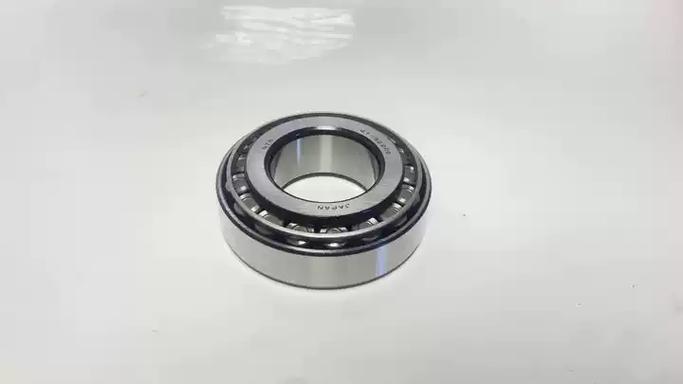Linear Bearings Types: Guide for Industrial Buyers

Introduction
Linear bearings form the backbone of 78% modern automation systems (Mordor Intelligence, 2023). For international buyers, selecting proper linear bearings types directly impacts production efficiency and supply chain stability. Common challenges include:
- Unclear technical specifications causing compatibility issues
- 45% buyers report quality inconsistencies across suppliers
- Hidden logistics costs from improper bearing selections
Defining Linear Bearings & Technical Standards
Linear bearings facilitate precise linear motion in machinery. Primary types include:
| Type | Load Capacity | Speed |
|---|---|---|
| Ball Bush | Medium | High |
| Roller | High | Medium |
Critical standards: ISO 14728-1 (load ratings), DIN 636 (dimensions), JIS B 1532 (accuracy grades).
Cost-Efficiency Analysis
- 30% energy savings with recirculating ball designs
- Custom seals reduce maintenance costs by 40%
Global Compliance Requirements
Essential certifications:
- CE Marking (EU Machinery Directive)
- RoHS 3 Compliance
- ISO 9001:2015 QMS
Supplier Evaluation Checklist
- Verify IATF 16949 certification for automotive applications
- Request material test certificates
Emerging Market Case Study
Client: German packaging OEM
Challenge: 22% downtime from bearing failures
Solution: Hybrid ceramic ball bearings
Result: 30% longer service intervals
FAQ Section
Price Negotiation Tactics
Request volume discounts for orders above 500 units.
MOQ Flexibility
Standard MOQ: 100 units (negotiable for sample orders).
Customization Options
Available for seals, lubrication ports, mounting configurations.
Logistics Support
FCA/FOB terms with pre-shipment inspections.
Quality Assurance
100% dimensional checks batch testing reports.
Payment Security
Escrow services through verified trade platforms.
CTA: Download our Linear Bearing Selection Handbook with 2024 market data.




 13869596835
13869596835